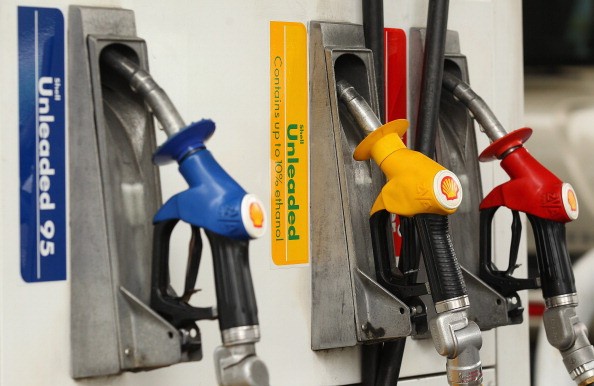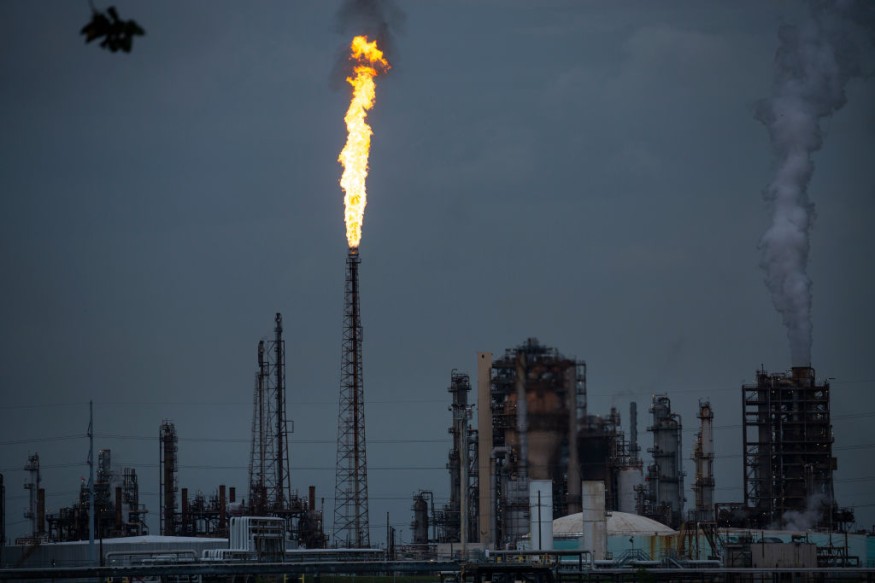
According to the fuel-savings app GasBuddy, retail gasoline prices in the United States have begun to fall in recent days and might go considerably more.
When worldwide crude oil prices fell by 4% on Wednesday, Patrick De Haan, head of petroleum research at GasBuddy, tweeted, "If you don't need gas, my advice is to wait."
"Today's "LARGE" decreases in spot #gasprices across the country will result in lowering retail prices," said De Haan.

According to AAA statistics, the national average price of a gallon of regular gasoline is $3.415 as of November 4. The national average gasoline price is 21 cents more than it was a month ago, $1.27 higher than a year ago, and 79 cents higher than it was at this time last year.
In recent weeks, the oil price increase continued robust gasoline demand in the United States even after Labor Day, and declining fuel stocks throughout the country have driven U.S. gasoline prices to a 7-year high.
The national average price for a gallon of petrol climbed to $3.40 in the week ending November 1, although the two-cent gain over the previous week was the smallest weekly increase in a month.
Related Article : World Should Brace for Global Oil Shortage and Skyrocketing Price Due to Worsening Crisis
Iranian Oil
News that Iranian oil, which has not been traded worldwide in significant amounts since 2018, may return to the world market, along with an OPEC+ meeting via videoconference on November 4, is heightening market volatility but reducing pump price hikes, at least for now.
"We've finally seen a little drop in domestic gasoline demand," AAA spokesperson Andrew Gross said, "which might indicate that the traditional post-Labor Day relaxing was a bit delayed this year." "And if crude oil prices take a break from their recent steady rise, customers may gain at the pump with fewer price spikes," Gross added.
Expectations of the Fed starting to reduce asset purchases, as well as predictions of rising U.S. crude oil stocks and greater U.S. oil output, weighed down the crude price gain earlier this week. Oil prices fell on Wednesday after the EIA reported a 3.3 million barrel increase in oil inventories for the week ending October 29, and the Fed said it would begin slowing asset purchases later in November.
Oil Price Fluctuation

Oil is a commodity, and as such, its price fluctuates more than other, more stable assets like equities and bonds. Oil prices are influenced by several factors, some of which we shall discuss here.
Several variables impact oil prices, including output choices made by producers such as the Organization of Petroleum Exporting Countries (OPEC), independent petro-states such as Russia, and private oil companies such as ExxonMobil.
Oil prices fluctuate according to supply and demand, just like any commodity, stock, or bond. Prices fall when supply exceeds demand, and vice versa when demand exceeds supply.
While supply and demand influence oil prices, the price of oil is decided by oil futures. A futures contract for oil is a legally binding agreement that offers a buyer the right to purchase a barrel of oil at a future price. The buyer and seller of oil are expected to execute the transaction on a specified date, as stated in the contract.
For more news about making the environment sustainable, don't forget to follow Nature World News!
© 2025 NatureWorldNews.com All rights reserved. Do not reproduce without permission.





